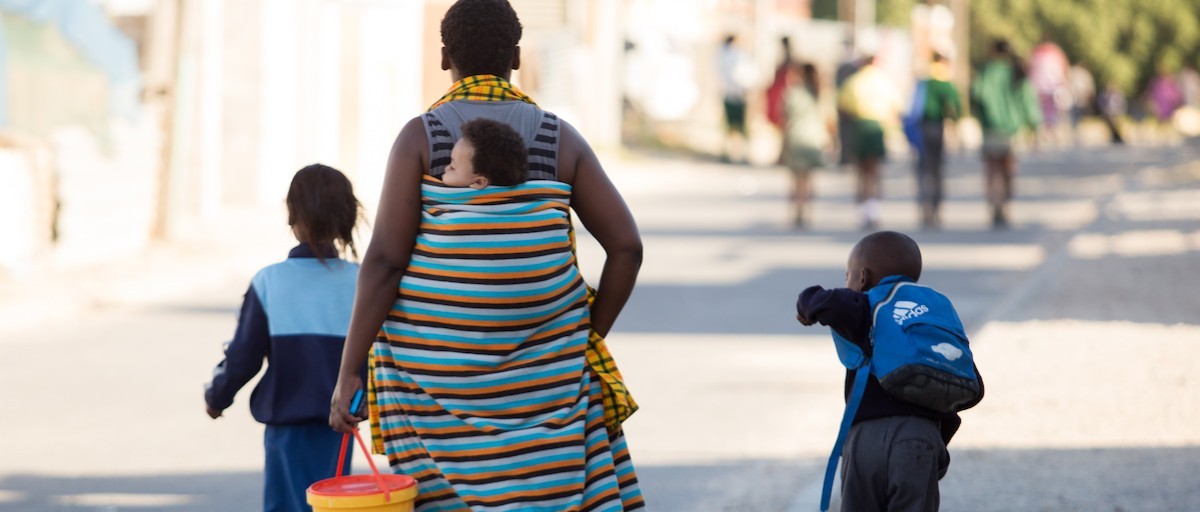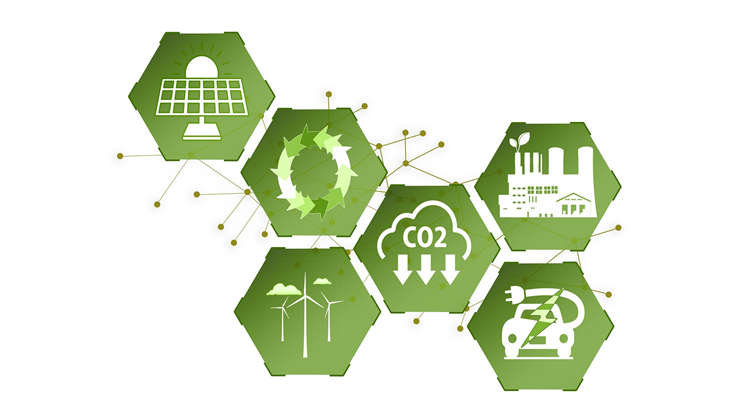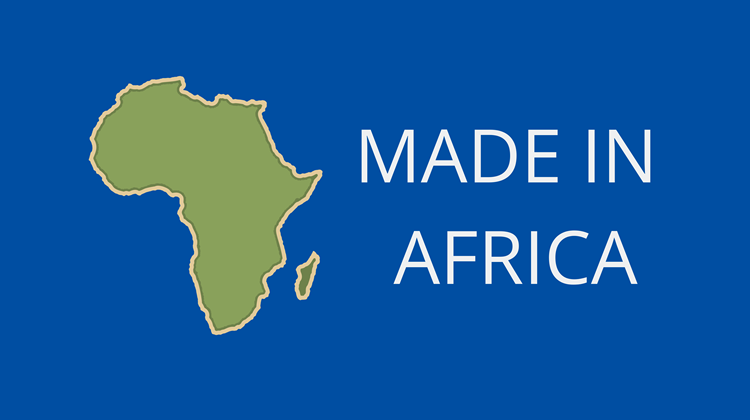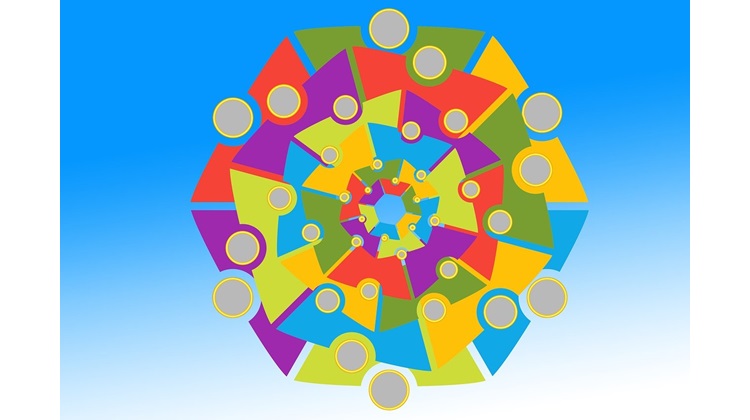What it will take to prevent SA’s gender-based violence

South Africa can break its cycles of violence by investing in supporting children and caregivers.
The annual campaign of 16 Days of Activism against Gender-Based Violence that kicked off on 25 November will temporarily sustain the focus on South Africa’s need to reduce and prevent gender-based violence.
Getting this right depends on numerous factors, including a collective understanding of how different forms of violence, visible and invisible, intersect and reinforce one another and what individuals, institutions and companies can do to prevent it. It also requires acknowledging why past efforts have failed, and identifying concrete steps to achieve our goals.
Several of the multisectoral ‘clinics’ convened during the Presidential Summit on Gender-based Violence and Femicide on 1 and 2 November addressed these issues. Gender-based violence can’t be considered in isolation from other forms of violence. A growing body of research shows how they are connected and reinforce one another.
Recent findings from a 30-year study involving South Africans born in the Soweto-Johannesburg area in 1994 reveal important facts. The study covers the nature of violence, its impact on human development, and what it will take to prevent and break cycles of violence.
Gender-based violence can’t be considered in isolation from other forms of violence
Results showed that 87% of the study cohort, both boys and girls, were exposed to four or more forms of violence, such as physical, sexual, emotional and substance abuse, by the age of 18. This increased their likelihood of becoming a victim or perpetrator ‒ or both ‒ of further violence. It also confirmed what many other studies have shown: that experiences of violence in childhood are not only common but also cumulative.
It is not only that violence begets violence. Experiences of violence significantly influence a range of other outcomes. Suffering violence in childhood increases the likelihood of unemployment, school dropout, substance abuse, and dependence on a social grant. In short, violence is a strong contributing factor to many of the challenges that hamper South Africans’ wellbeing and national development.
At the summit, President Cyril Ramaphosa acknowledged that South Africa needs to pay more attention to preventing gender-based violence. At the same time, in early November, some provincial departments of social development were reducing funding for social services that are crucial safety nets and key to preventing violence. Examples are after-school care programmes, soup kitchens and parent-support initiatives.
What is the solution? All South Africans must contribute to removing sources of harm and inequality and healing woundedness, by intentionally growing an ethic of mutual care, respect, and inclusion.
This understanding of violence prevention – developed by the multi-sectoral Violence Prevention Forum and endorsed by two ‘clinics’ convened during the presidential summit – holds that preventing and responding to violence are two sides of the same coin. How we respond to cases can determine whether someone experiences more or less violence in future.
For example, suppose a teacher or a clinic sister becomes aware of a child or a patient in a difficult relationship. Their response, whether kind or uncaring, can affect that person’s decisions, what they disclose, and whether they’re likely to experience further violence.
A strong resourcing plan from Treasury, the private sector and civil society must be developed
The discussions at the summit also acknowledged that numerous structural factors stand in the way of effective violence prevention in South Africa. The government is stretched and lacks capacity. Non-governmental organisations (NGOs) are not as well connected as they could be, and their services are not assured because of resource challenges. The research community isn’t adequately supporting policymakers and implementers. And the private sector is unclear about its role in violence prevention.
Agreement was reached on a set of five resolutions that, if implemented, will contribute to a safe and healthy society. First, a strong resourcing plan from National Treasury, the private sector and civil society for prevention must be developed. Treasury must work with departments and experts to identify and ring-fence funds in a way that considers the long-term nature of prevention and the need for sustainability.
Second, we need processes to enable the scale-up of evidence-led programmes. Among them are parenting interventions that have significant potential for inter-generational impact on social norms, are context relevant and whose implementation is well resourced and supported. A costing model for evidence-led parenting programmes has been developed, and an existing network of service providers creates the opportunity for scaling up.
Third, South Africa must invest time and resources in developing and supporting local efforts and enable NGOs and government services to be linked up and mutually supportive. Fourth, we need a large-scale three-year multisector-led national communication campaign to showcase a universally shared understanding of violence prevention, and to build a hopeful and healing South African narrative.
We must generate evidence of what works, even if what we find challenges our existing beliefs
Last, we must develop programmes and interventions to prevent violence, and identify what’s working and where there are gaps at national, provincial and local levels. Here, evidence is our guiding tool: we must keep learning and generating evidence of what works, even if what we find challenges our existing beliefs.
South Africa has one of the highest murder rates in the world. Over 7 000 people were murdered in the second quarter of 2022 alone. The knee-jerk temptation is to respond by investing more in policing. This is misguided. Without resolving the top leadership crises identified in the 2012 National Development Plan as a start to improving police professionalism, increasing spending on a compromised and weak police service isn’t the answer.
The roots of gender-based and other forms of violence are deep and extensive. Our efforts to address this must be equally comprehensive, coordinated and far-reaching. Devoting time, expertise and resources to preventing children from experiencing violence, and nurturing their development, is key to breaking intergenerational cycles of violence.
These efforts offer the additional benefit of positively shaping human and social development, and creating environments less tolerant of, and more resistant to, violence.
Image: © Ashraf Hendricks / GroundUp
This article was first published by ISS Today.






